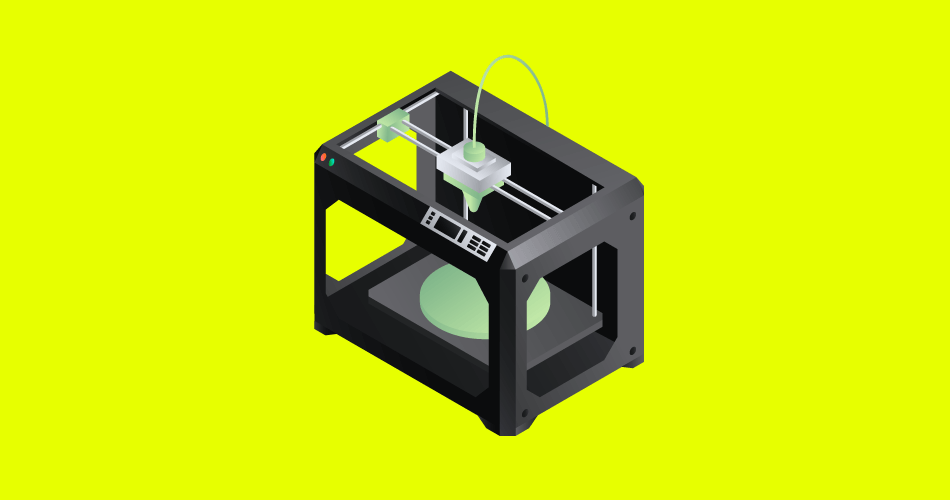
The concept of 3D printing is amongst the pinnacles of human innovation. Why? Well, because it makes one-step manufacturing into something incredibly easy and natural, thus giving so much more room to both inventors and creatives. Never before was making a prototype such a simple matter and never before was it so easy to create a sophisticated sculpture or figure, mere minutes after conceiving it. However, innovation, research and art aren’t the only fields in which this is taking place. There are also so many great 3D printing business ideas that you could consider. Here are five ideas for a 3D printing business you might want to ponder on.
1. Making prototypes
There are so many startups out there with vast potential but without the means to persuade potential investors without a proper prototype. This is where you come into the frame. With the right hardware and some skill in operating it, you can make these prototypes for a fixed fee. While it is true that the majority of these ideas will never live up to the expectations of their creators, this is not your concern. You’re there to provide a simple service and get paid for it.
2. Making promotional products
While printing promotional products requires huge capacities in order to make bulk offers, you might decide to specialize in a different approach. What if, your client is a small firm operating with a fairly small number of clients? What if they want a completely new level of customization and personalization when it comes to the shape, design and material of the product in question? Well, this is something that a specialized 3D printing company could make with ease. Seeing as how this type of service is in-demand more than you would expect, this can, indeed, be a lucrative field.
3. Educational institution
Previously, we’ve mentioned the fact that 3D printers may be incredibly useful for creatives and inventors. What this means is that giving gifted kids a chance to use them, might drastically facilitate their education and give them a chance to truly explore their potential. This is where your chance lies. If you’re able to include STEM teaching tools like 3D pens into your program and curriculum, chances are that you won’t have a problem when it comes to standing out amongst your competitors.
4. Repair and maintenance
One of the handiest applications of 3D tools is a chance to print spare parts. You see, there are a lot of machines and tools for which it’s so hard to find a proper spare part. This is often due to the fact that the machine is no longer in production or due to the fact that it’s imported from abroad. With a 3D printer, you could make this part to be a perfect fit, which would save a small fortune to the party that’s in need of it. In other words, they would be ready to pay handsomely for this service. Sure, this is far from simple and this task requires a no small amount of precision or planning.
5. Prosthetics
Perhaps the most impressive use of 3D printing lies in the manufacturing of prosthetics. What this allows you to do is make prosthetics that are A) a perfect fit, and B) a lot cheaper to manufacture than if they were to be made the old-fashioned way. The downside of this idea lies in the fact that it would take you a substantial investment in order to enter this niche. This is because the majority of people aren’t willing to work with a relatively unknown company when it comes to something as big and personal as prosthetics.
Conclusion
The very last thing you need to take into consideration is the fact that with a tool as versatile as this, your options are really limited by nothing other than your own imagination. So, do your research and check which business trends you find compelling, as well as which of them are realistically attainable. This way, you’ll have at least the basics covered.




